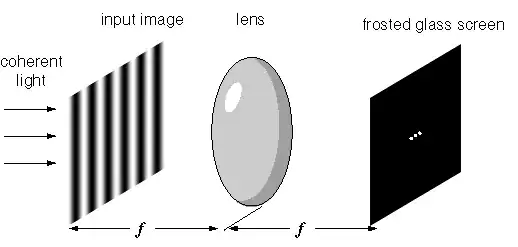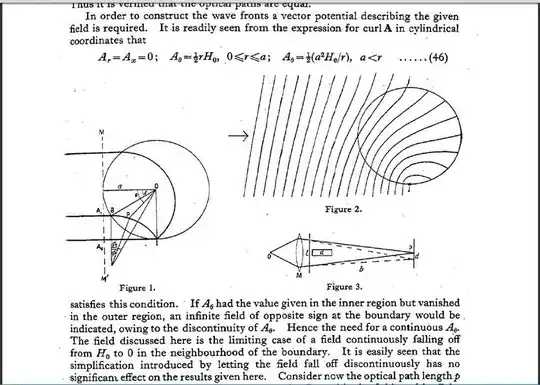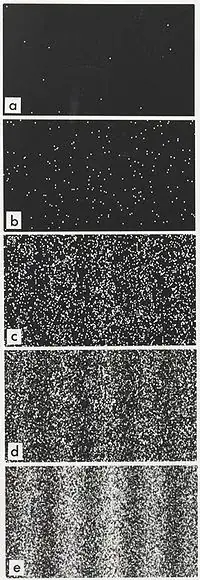The double slit result is a simplified version of the much more complicated set ups of particle physics experiments.In these experiments, the primary interaction region is modeled using quantum field theory, of point particles interacting in a summed series of feynman diagrams.
The outgoing particles leaving the interaction region towards the detectors are treated essentially as wavepackets, within an uncertainty region consistent with the Heisenberg uncertainty relations,HUP, i.e. modeled as a classical particle. The hits in the detectors are also treated macroscopically, again because the interaction region of the outgoing particle with the detector is way larger than the quantum mechanical constraints of the HUP.
The equivalent interaction region for the two slit experiments, where a quantum mechanical solution is necessary is the "electron scattering off two slits", with the specific geometrical bounds. The screen is the detector.
The interactions of the electrons on the screen , the measured points, are way over the bounds of the HUP and the electron wavepacket is well approximated by the point in (x,y) space.
If you are worrying that one should in principle write out one mathematical expression for the whole experiment, i.e.that there is an entanglement of the initial electron wavepacket impinging and going through the slit plane with the same wavepacket hitting the screen, the density matrix formalism helps clearing up this: when dimensions become macroscopic with respect to the HUP the off diagonal elements of the entanglement of the screen particles with the incoming electron wavepacket are zero, the phases are lost, exactly because the involved dimensions are macroscopic, as gauged by using the HUP.
So viewed as one experimental setup, the quantum mechanical interaction is at the level of the two slits where the distances have been chosen so as to be commensurate with the de broglie wavelength of the electron. The screen is just a detector.
Of course there is a quantum mechanical interaction where the electron hits the screen: atoms become ionized and the energy is distributed in a many body way. The density matrix for this part has nondiagonal elements, i.e. quantum mechanical phases, only with the wavefunctions of the local scattering. The two slit wavefunction has no off diagonal element in the density matrix with the wavefunctions of the local screen scatters.


